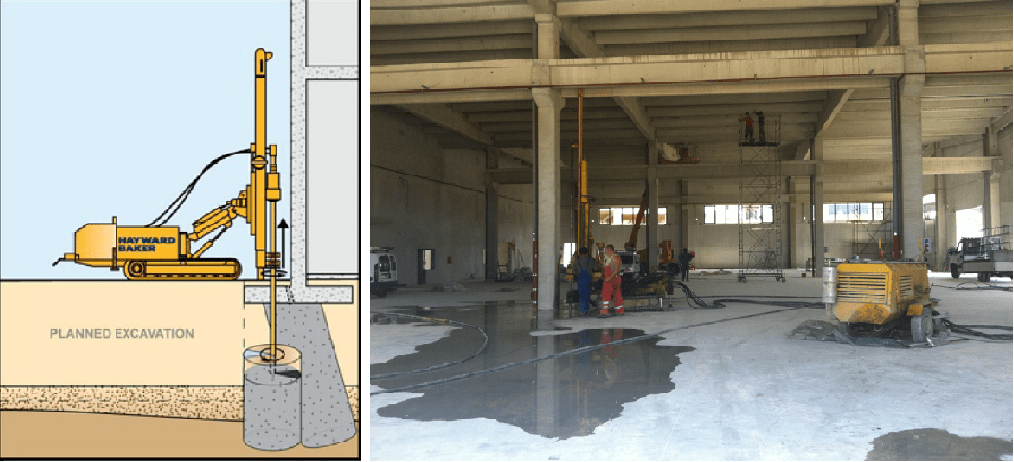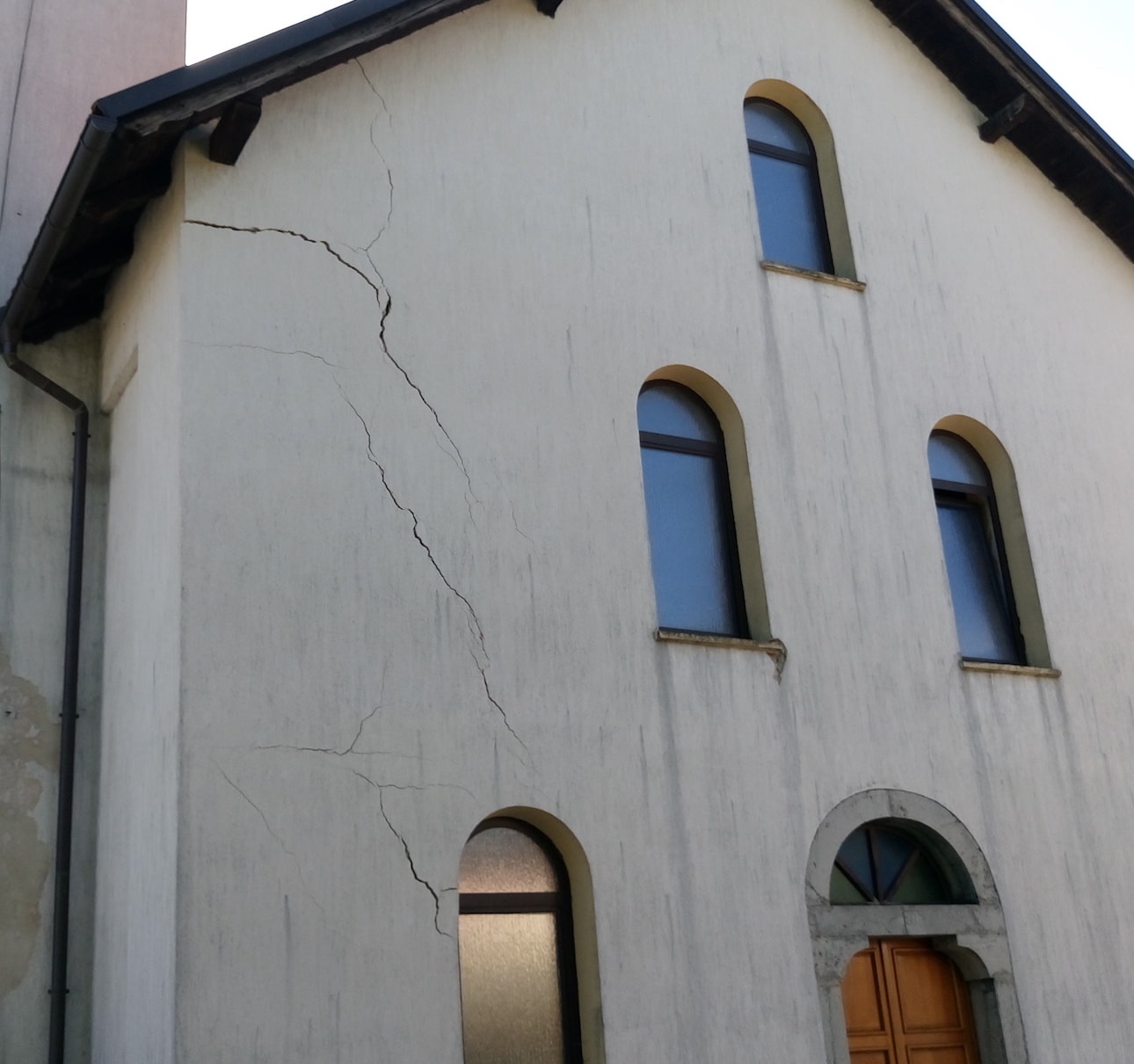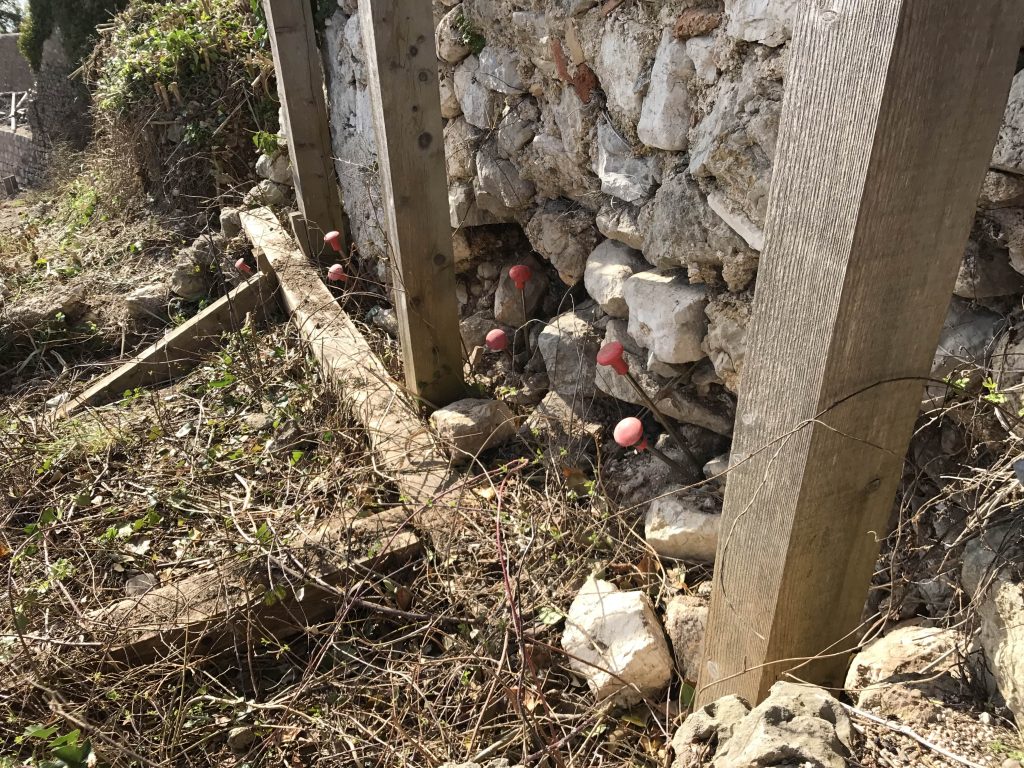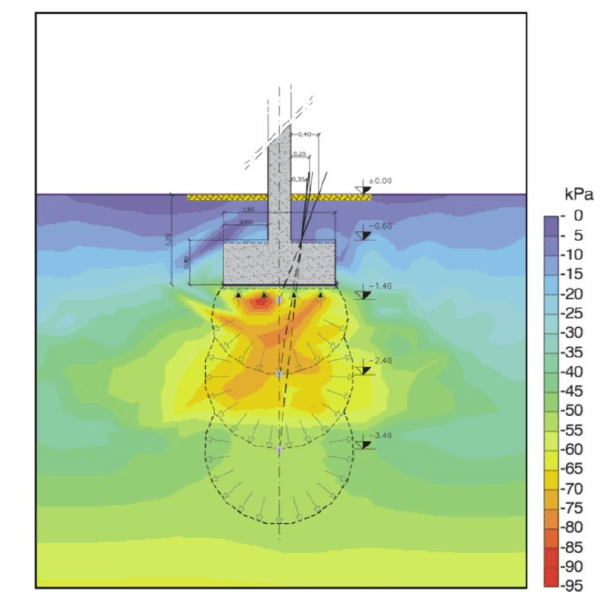Foundation remediation – introduction
Foundation remediation technologies – When? Why? How?
Whether you are an investor, an architect, a structural engineer, a supervising engineer or a designer, if you are interested in this subject you have probably come across this kind of problem. When the need for foundation remediation appears it is probably due to occurred unaccepted total or differential settlements. Regardless of whether it is about small, private objects, residential or business buildings or infrastructure objects, the problem is not negligible and it should be approached with increased attention.
When we are talking about causes, they can be various: exceeding the permissible stress, excessive foundation ground settlement, change of groundwater flow, effects of stormwater, consolidation settlement, undercutting of the foundation, retrofitting of the building or a change in the static system.
Also, we have to acknowledge that sometimes, despite all extensive and quality investigations, we are not able to obtain “the real picture” of foundation soil. We must be aware of the fact that the soil isn’t one of those materials we produce and control (such as concrete, reinforcement steel) but already existing and “built-in” and that with the geotechnical investigation we try as precisely as possible to determine its parameters and its behavior.

In order to carry out remediation of foundations, it is necessary to find out the causes of damage and to implement intensive geotechnical investigation. Giving the fact that the buildings are already constructed and most commonly in function, it is necessary to adjust the technology and type of investigation to the conditions on site.
It is preferred to choose investigation types such as non-invasive methods; small and mobile drilling sets, dynamic penetration tests etc. so that the building can be in function during and after the investigation. It is necessary to determine the cause of damage, geometry, and type of foundations (depth, width, type.), foundation soil characteristics and all other needed parameters that are required for the next step – design.
Most commonly used foundation remediation technologies are:
– Foundation remediation by concrete underpinning
– Foundation remediation with jet grouting
– Foundation remediation with micro piles
– Foundation remediation by using expanding geopolymers
Each of these technologies for foundation remediation has its advantages and disadvantages, and a more detailed description for each one follows in one of our next blogs.


